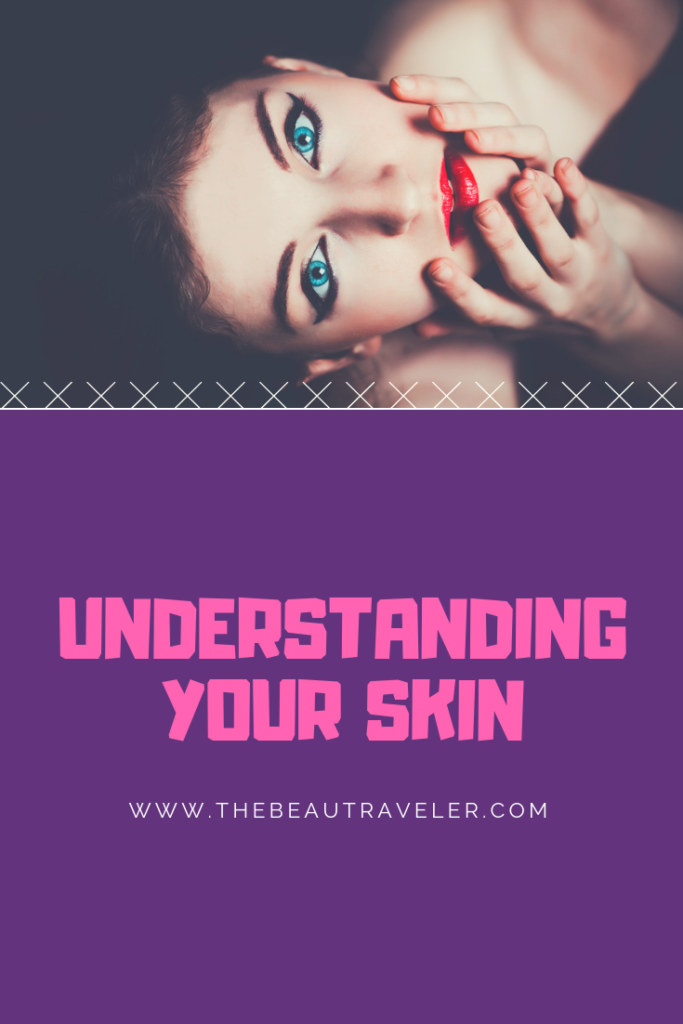When we generally think of our body's organs, we usually think of the heart, kidneys, lungs, or liver. A few of us even think of the skin as an organ, but that is exactly what it is.
Our skin is actually like a suit of armor that protects us from numerous things that would harm us such as bacteria and fungi, heat, cold, and dehydration. The skin is responsible for the production of Vitamin D, which is essential to keeping our bones strong, among other things.
Covering the topmost layer of the skin, the epidermis, is a thin acid mantle, composed of a combination of sweat and oil. The acid mantle not only helps keep pathogens from causing infections, it also helps to keep our skin moisturized.
Understanding the Layers of Your Skin
Considering how important our skin is to our very survival, as well as to our looks, it might be time to take a closer look at our largest organ. Our skin is composed of three distinct layers, and all of them have a part to play as regards our skin care.
Epidermis
The epidermis is the outermost layer of skin and is what we see when we look at our face or body. Depending on where the skin is located, your epidermis will contain between 50 and 100 layers of cells.
The thinnest layer will be, of course, on your face. The upper layer of the epidermis consists of dead skin cells that are continually being flaked off to become some of the dust you clean up in your home.
New epidermis cells are also constantly being formed to replace the ones that you are shedding, and the top, healthy layer of your skin is actually dead cells, not quite ready to be shed, that are protecting the new layer of living cells just beneath.
Your skin renews itself about once a month. The epidermis also contains the melanin that gives our skin its color.
Dermis
The dermis is the layer directly below the epidermis and a lot of interesting things go on in this layer.
This is where the sebaceous glands that produce sebum, a waxy and oily substance that helps to protect the skin, are found. Too much sebum, especially during puberty can lead to acne, and if you are troubled with acne, you should read more here for some helpful ideas on how to deal with it.
The dermis is also where the hair follicles are located, as are sweat glands. There are also plenty of nerve endings in the dermis which provide us with our sense of touch. This layer contains connective tissue that helps to give form to our faces. Blood vessels are found here, also.
Hypodermis
Right below the dermis is the hypodermis, which is made up of fat and more connective tissue.
‘Fingers’ of the hypodermis protrude into the dermis to help hold your skin together. This layer not only provides some insulation, but it also serves as a fat reserve should your body require food.
This layer is also well supplied with blood vessels and can be looked upon as the cement that holds your skin to the underlying muscles.
Most of the time, we will only be dealing with the epidermis, but always keep in mind that what we subject the epidermis to will also have an impact on the underlying layers of skin.
Keep Your Skin Healthy
The appearance of the outer layer of your skin will also depend upon the health of the lower layers, especially the dermis. The single most destroyer of your skin is the sun.
Certainly, other factors such as smoking and a poor diet can play their part, but our life-giving sun will also suck the life right out of your face, unless you protect your skin.
Elastin is a protein that is found in the middle of your dermis layer. This is part of what gives your skin the ability to bounce back after you have used your face.
Even under the best of conditions, elastin will lose its properties over time, and skin will begin to stretch and sag. However, the ultraviolet rays of the sun can accelerate this process dramatically. The sun’s rays will actually break down both elastin and collagen to cause premature aging of the face.
When you expose your skin to the sun without sunscreen protection, you could also be putting yourself in jeopardy of developing other conditions such as benign skin tumors, melanoma (skin cancer), as well as freckles and skin discoloration. Sunburn is particularly damaging, and while the skin can repair and renew itself to heal from sunburn, as the years pass, this becomes more difficult. Also, make sure the sunscreen you choose contains zinc oxide as this ingredient helps block both UVA and UVB rays.
To help keep your skin healthy, stay out of the sun during the summer as much as possible, and if you are going to be outside, be sure to use sunscreen and wear a hat to protect your face.










